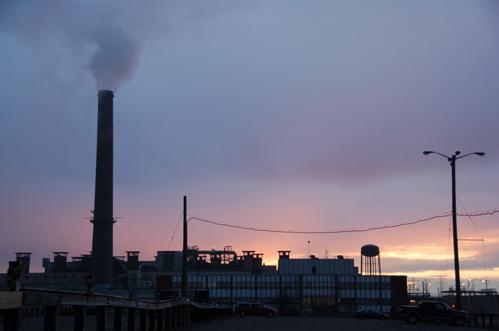November 17, 2010
Vale’s Proposed Shutdown of Smelter, Refinery Operations Completely Unacceptable: Selinger
Premier Greg Selinger today called on the owners of Vale’s Thompson operations to work with the Province of Manitoba, the City of Thompson and the United Steelworkers union to immediately seek alternative solutions to closing the smelter and refinery in Thompson by 2015.
“This decision comes without due notice or proper consultation with our government and the City of Thompson,” said Selinger. “Vale’s intended course of action is unacceptable and our government stands firmly with the people of Thompson in saying this job loss will have a significant impact on the community and the province.”
The proposed shutdown of the Thompson smelter and refinery would result in a loss of about 500 jobs or 40 per cent of the current Vale Thompson workforce.
“We have a long and very successful history of supporting the mining industry through initiatives such as training, taxes and geoscience,” said Innovation, Energy and Mining Minister Dave Chomiak.























